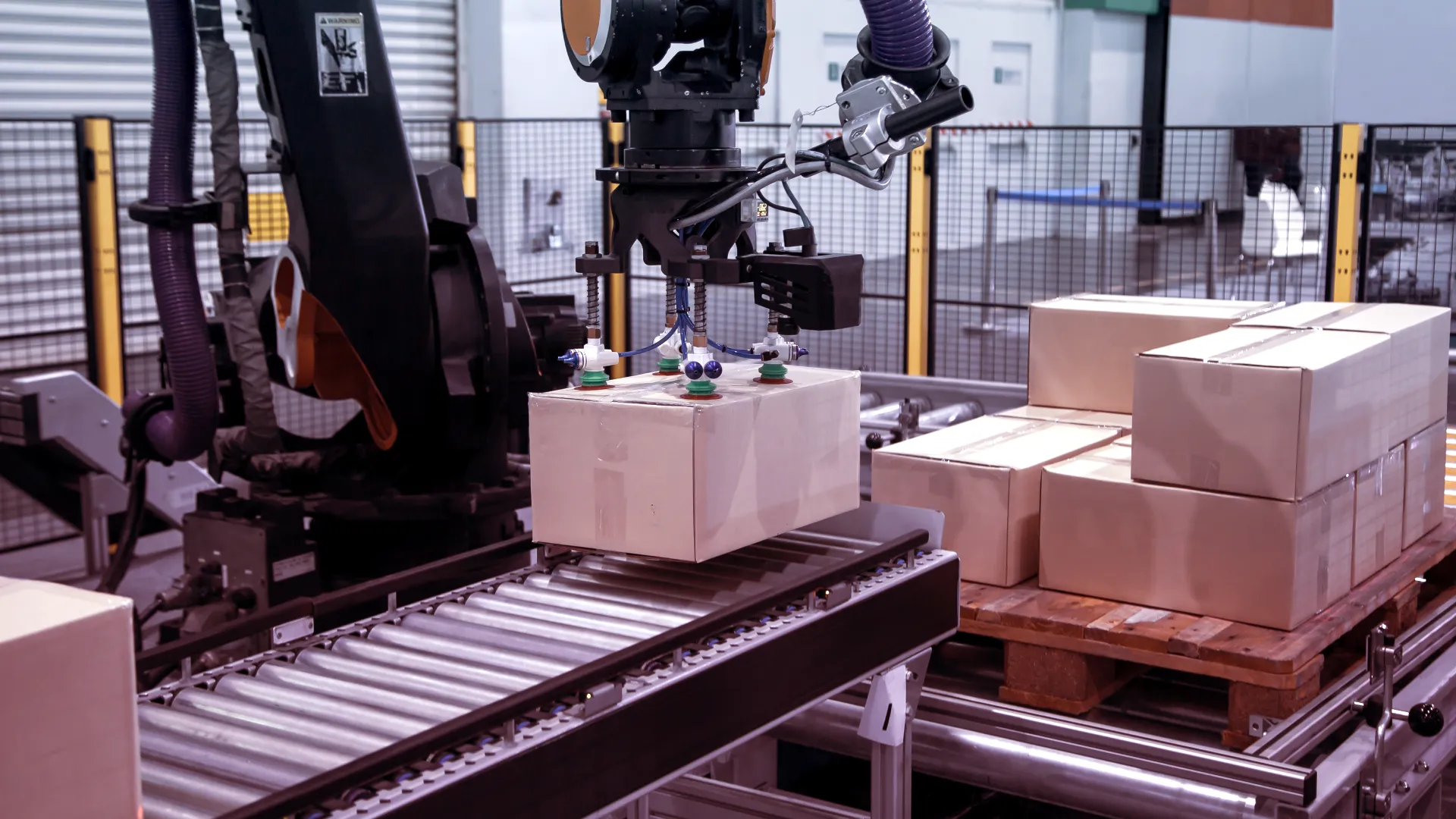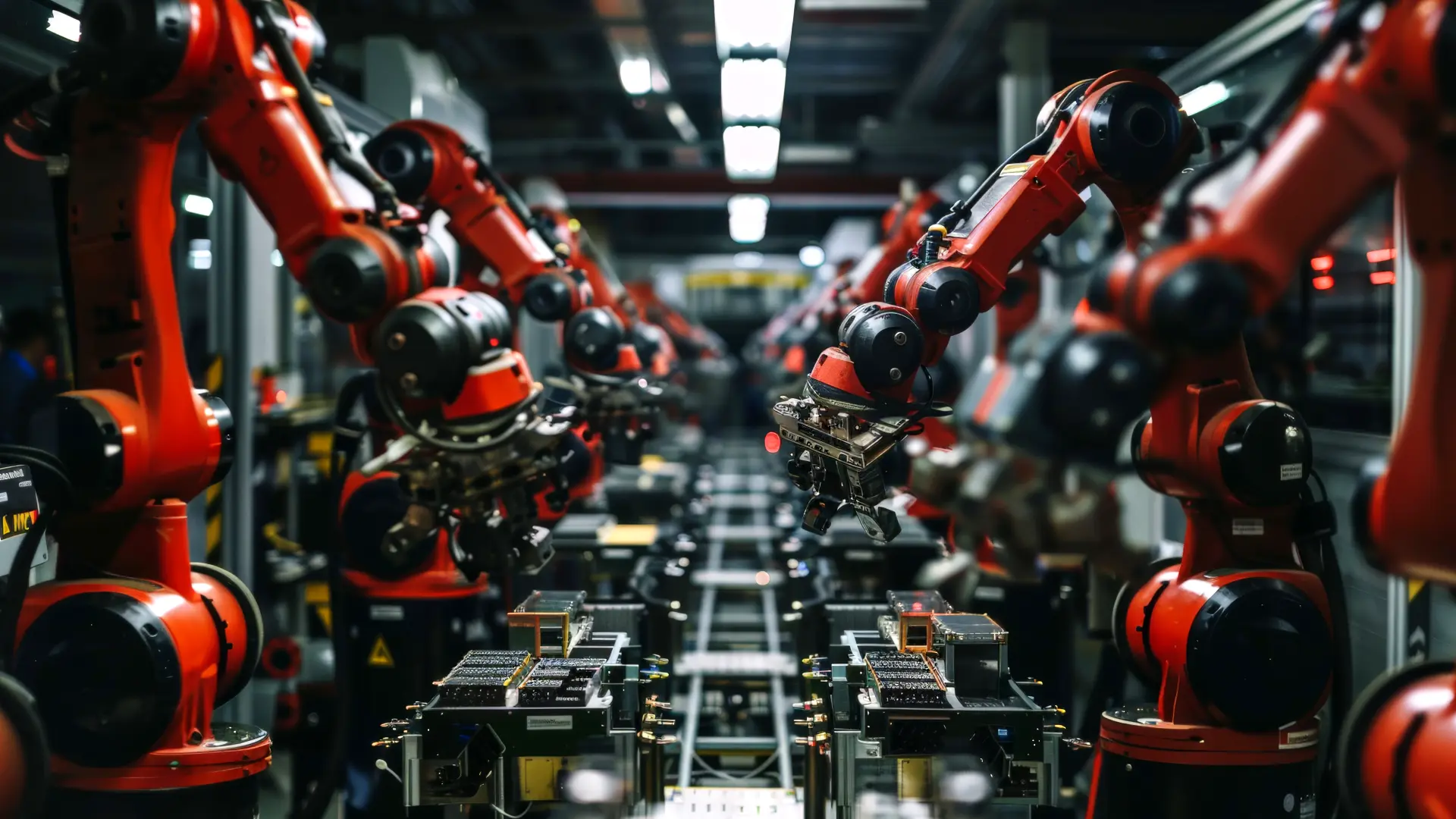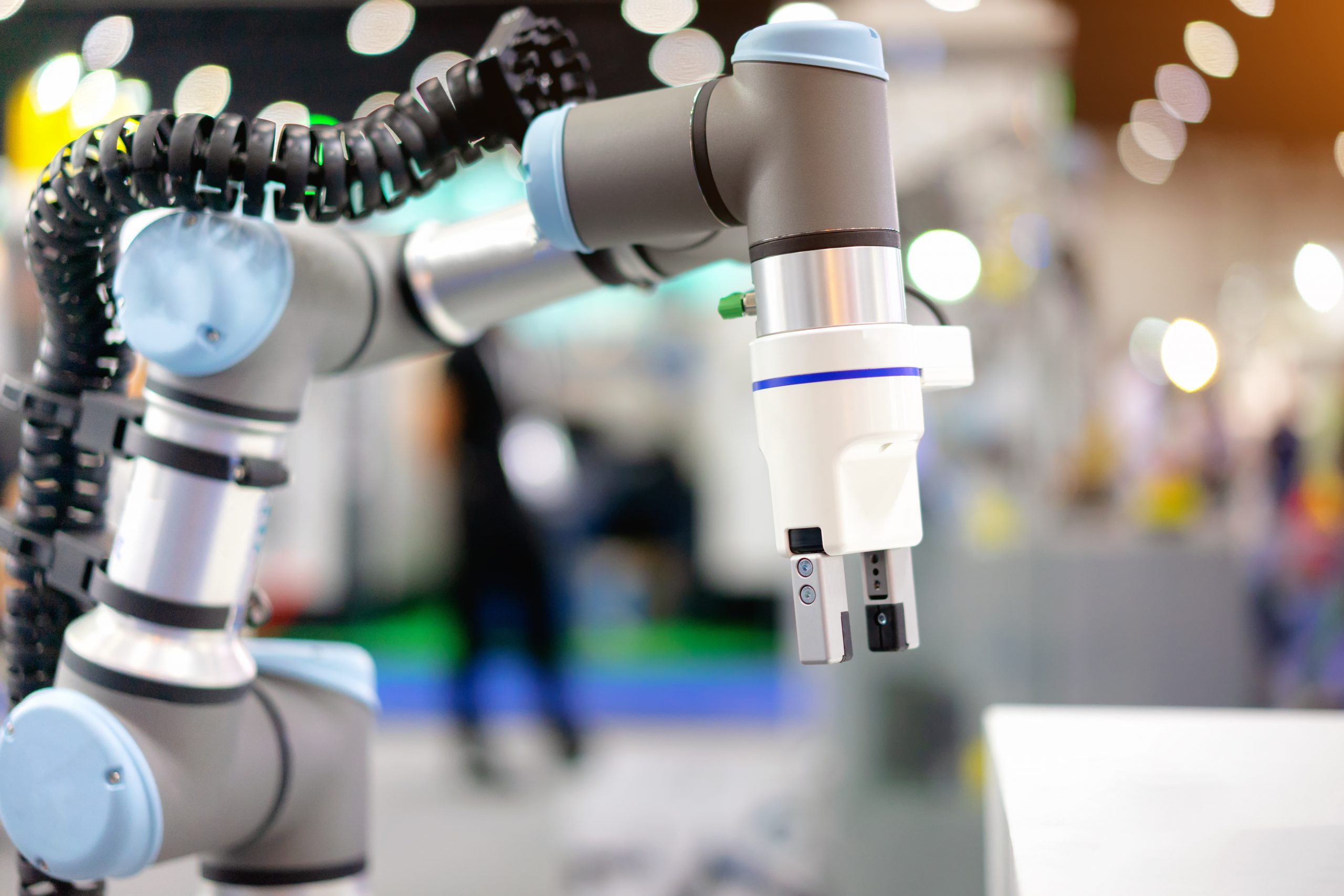In an era where technological advancements are pivotal to economic growth and societal progress, the role of education in preparing the next generation of engineers cannot be overstated. Robotics, a field at the forefront of these advancements, has seen its applications expand from industrial settings to everyday life.
This evolution brings to light the imperative need for educational institutions to integrate robotics, particularly robotic arms, into their curriculum. By doing so, students gain not only theoretical knowledge but also invaluable practical skills, ensuring they are well-prepared for the technological challenges of the future.
The introduction of robotic arms into educational settings offers a dual benefit. Firstly, it bridges the gap between theoretical learning and real-world application, providing students with a hands-on understanding of engineering principles. Secondly, it demystifies the world of robotics, making it accessible and engaging for students from a young age.
This early exposure is crucial in sparking interest in STEM subjects, laying a strong foundation for future innovation. As robotics continues to influence various sectors, the educational system must evolve to include these technologies, equipping students with the skills needed to excel in a rapidly changing world.
The Current Landscape
The current landscape of robotics in education presents a mixture of opportunities and challenges. While some schools and universities have begun incorporating robotics into their STEM programs, the overall penetration of hands-on robotics learning remains limited.
Theoretical aspects of robotics are often well-covered, but the practical experience of building, programming, and interacting with robotic arms is less common. This disparity highlights a significant gap in the educational curriculum, one that needs addressing to prepare students for the complexities of modern engineering challenges fully.
Moreover, the integration of robotic arms into educational settings is not just about providing access to cutting-edge technology. It’s about reshaping the way students think about problem-solving, innovation, and collaboration.
Robotics projects require a multidisciplinary approach, merging principles of mathematics, physics, computer science, and engineering.
By navigating these challenges, students develop a more holistic understanding of how theoretical concepts apply in real-world scenarios, fostering a deeper appreciation for the intricacies of modern engineering solutions.
Benefits of Robotic Arms in Education
Incorporating robotic arms into education unlocks a myriad of benefits for students, educators, and the broader engineering community. For students, hands-on experience with robotics arms serves as an invaluable tool in understanding the complexities of mechanical and software integration.
This practical exposure complements theoretical learning, enabling students to apply abstract concepts in tangible projects. Such experiences are instrumental in developing critical thinking, problem-solving skills, and a can-do attitude towards challenging engineering problems.
Educators, on their part, find robotic arms a versatile teaching aid that can adapt to various learning objectives and student abilities. Whether it’s illustrating basic principles of physics or demonstrating advanced manufacturing techniques, robotic arms offer a dynamic platform for instruction.
This adaptability not only enriches the curriculum but also helps in maintaining student engagement and curiosity. As students witness their code and designs come to life, their learning becomes more meaningful, fostering a deeper connection with the subject matter and a genuine interest in pursuing careers in robotics and engineering.
Challenges and Solutions
The integration of robotic arms into educational curriculums does not come without its challenges. Funding, for one, is a significant hurdle, with the cost of robotics equipment and maintenance posing a barrier to many institutions. Additionally, the need for educators to be trained in robotics to effectively teach these concepts adds another layer of complexity.
However, these challenges are not insurmountable. Solutions such as public-private partnerships, grants, and community crowdfunding can alleviate financial pressures, while professional development programs for teachers can ensure they are well-equipped to deliver robotics education.
Another challenge lies in curriculum integration, where the question of how to seamlessly incorporate robotics into existing educational frameworks arises.
This can be addressed through modular course designs that allow for flexibility and scalability, enabling schools to introduce robotics at a pace and depth that matches their resources and objectives.
By adopting a phased approach, educational institutions can gradually build their robotics programs, starting with basic concepts and progressing to more complex applications.
This strategy not only makes the integration process more manageable but also allows for continuous improvement and adaptation to technological advancements.
Conclusion
The imperative to include robotic arms in the education of future engineers is clear. As we stand on the cusp of a new technological era, the educational system must adapt to prepare students not just to participate but to lead the next wave of innovations.
The benefits of integrating robotic arms into educational settings are manifold, offering students a hands-on, immersive learning experience that bridges the gap between theory and practice.
However, the journey towards widespread adoption of robotics in education will require collaborative efforts, innovative solutions to challenges, and a commitment to reimagining the future of engineering education.
In conclusion, the role of educational institutions in nurturing the next generation of engineers is more critical than ever. By embracing robotics, particularly robotic arms, schools and universities have the opportunity to revolutionize STEM education, making it more relevant, engaging, and effective.
This not only benefits students by equipping them with the skills needed for a rapidly evolving technological landscape. The introduction of robotics in classrooms not only empowers students with practical skills but also fosters a culture of innovation and creativity. The future belongs to those who are prepared to embrace technology, innovate, and lead.
Therefore, it is incumbent upon educational leaders, policymakers, and industry stakeholders to forge partnerships and invest in educational robotics. Through concerted efforts, we can ensure that the next generation of engineers is not only ready to meet the challenges of tomorrow but is also equipped to shape the future.






